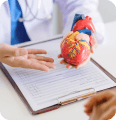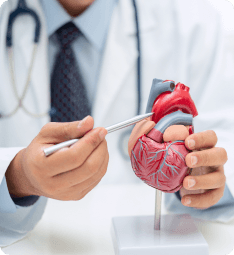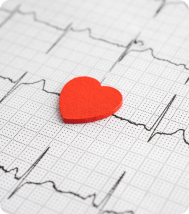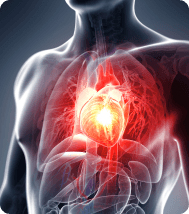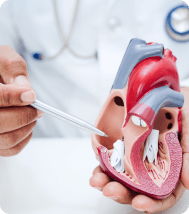The extent of permanent damage to the heart muscle following a heart attack depends on the size of the area a blocked artery supplies, the site of the blockage, and the duration between the onset of the attack and medical intervention.
Mild heart attack symptoms may persist for only two to five minutes and then subside with rest. However, a severe heart attack involving complete blockage can last for more than 20 minutes to a few hours and require medical attention.
Recovery varies depending on the severity of the attack and the treatment used. Typically, patients can resume regular activities within a few weeks to two or three months after treatment. The doctor will recommend a cardiac rehabilitation programme to minimise the risk of a future attack.
If you suspect someone is having a heart attack,call the ambulance immediately. Inform the emergency responders of the patient's symptoms and how they began, so they can provide instructions while help is on the way.
In some cases, a heart attack can reduce the heart’s ability to pump oxygenated blood to organs and tissues in the body, including the brain. Without enough oxygen and other nutrients, the brain tissue may get damaged among some patients, which can affect memory.


